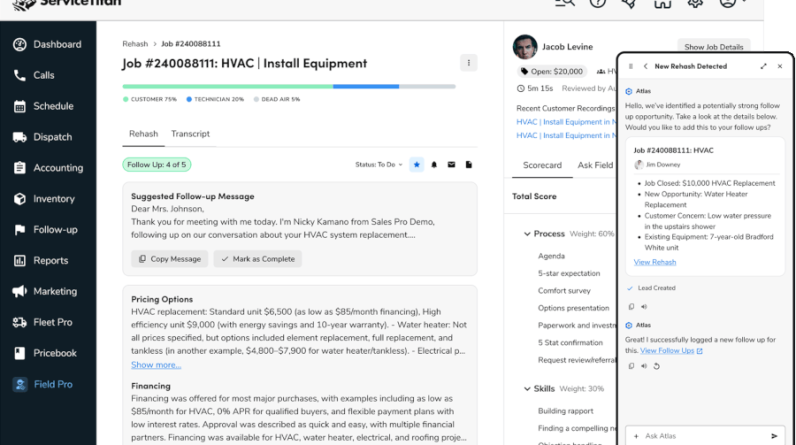As organizations aim to succeed within a dynamic business world today, they are always looking for advantages over competitors. Predictive analytics is one of the strongest tools they can employ. This strategy uses data forecasting future trends and behaviors but the arrival of AI(Artificial Intelligence) and ML(Machine Learning) has greatly improved it especially in market research through most precise results as well as insights.
Understanding Predictive Analytics
Historical information alongside statistical algorithms are applied in predictive analytics with the aid of machine learning in order to determine what is likely going to happen next. Therefore, enterprises can use this method to predict things like consumer behavior patterns or changes thereof so that they may act accordingly before any harm occurs on their side which would lead into financial loss/making bad decisions at all times while knowing more about where different markets stand Traditional models were manual labor intensive requiring straight forward statistical knowledge which had limitations when dealing with huge amounts of data sets containing complicated structures.
The Role of AI and ML in Predictive Analytics
AI and ML continue to be the biggest factor in the development of predictive analytic capabilities. These tools can go through heaps of data in a blink of an eye and find patterns so intricate that the traditional method might not even catch. To be more specific AI and ML are turning market research to predictive analytics in a new trajectory:
1. Data Processing and Analysis
AI and ML algorithms are capable of handling a large dataset without being challenged by the size. Instead of only a few data sources, they can do parallel processing to handle information from different areas like social media, transaction records, and customer feedback in real time. Such a deep analysis allows businesses to gain a wide perspective on market trends as well as consumer needs. For instance, tools powered by AI can scan through social media to know if there are new trends or grievances about a brand.
2. Accuracy Improvement
Where the AI models and machine learning algorithms are falible and highly uncertain. They improve their accuracy over time as they see more data. This continual learning helps in making more accurate predictions. Through the latest technologies, a sales forecast model on ML can be made to make it adjust forecasts according to the retailers’ changing seasons and also to incorporate the identification of any new consumer aspects of the consumer’s decision to purchase.
3. Identifying Hidden Patterns
Another key benefit of artificial intelligence (AI) and machine learning (ML) is their capability to find hidden patterns and relationships in data. These findings can expose new business opportunities or potential threats within markets. A case in point could be if certain demographic groups were found by ML algorithms to be more inclined towards buying during specific periods of the year thus allowing for targeted advertising campaigns.
4. Personalization
In today’s market, the key to capturing the attention of customers lies in customization. By forecasting individual user actions, businesses can leverage AI and ML technologies to build hyper personalized marketing plans. For example, in accordance with a shopper’s browsing history and purchase habits, machine learning algorithms used by e-commerce platforms suggest products which greatly improve customer satisfaction and upsurge sales.
Applications in Market Research
AI and ML are being applied in various ways within market research:
– Customer Segmentation: Customer data can be analyzed by AI to group them into different sets based on their behaviors and preferences. This enables companies to customize their marketing strategies for each group thereby increasing engagement rates and conversions.
– Churn Prediction: Predictive analytics helps in identifying customers who are likely to churn as well as the reasons behind it. In order to prevent attrition, organizations should therefore put in place intervention measures for such clients.
– Trend Analysis: Artificial intelligence tools have the capability of keeping an eye on market trends while also being able predict where they might be headed thus keeping businesses ahead of their time.
– Sentiment Analysis: Through study of consumer feedback and commentary on social media, it is possible for an artificial intelligence to understand how people feel about a particular brand or product; this knowledge may be used to inform marketing strategies.
Challenges and Future Directions
Yet while we know that predictive analytics benefit from AI along with machine learning (ML), there remain challenges which must be met head on: data protection issues, ensuring datasets are of high quality themselves (which can sometimes prove quite difficult), as well as creating & maintaining these models being no small task due to their intricacy. Nonetheless, continual progress within this field continues apace thanks in part also because technological advancements help us overcome such barriers while regulators work towards establishing more effective frameworks that address some of our most pressing concerns.
In the future, AI and ML will be integrated more deeply into predictive analytics. With increased sophistication of these technologies comes the capability for them to offer subtle insights thereby making predictive analytics an even more essential instrument in market research. Companies that take advantage of these advances can predict changes in the market, comprehend consumer behavior and drive success through data-driven decisions.
Conclusively, AI and ML do not just improve predictive analytics; they revolutionize how market research is done. These two factors reveal hidden truths while enabling accurate predictions thus enabling businesses deal with present day market complexities easily notwithstanding their size or nature of operation.






